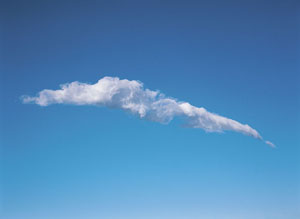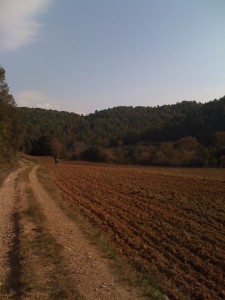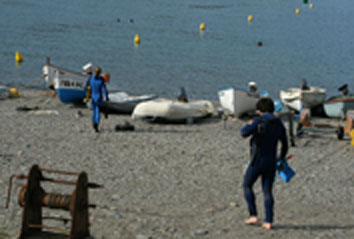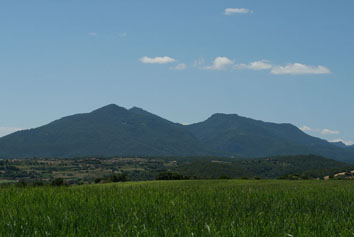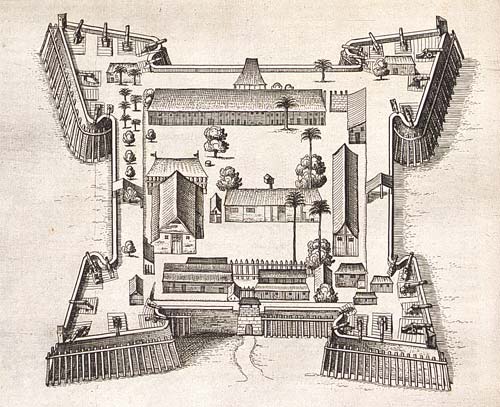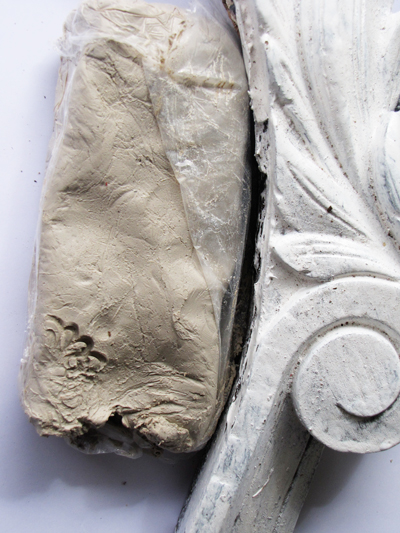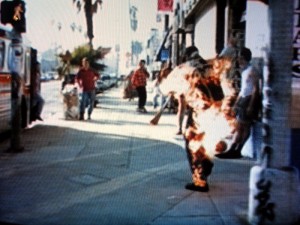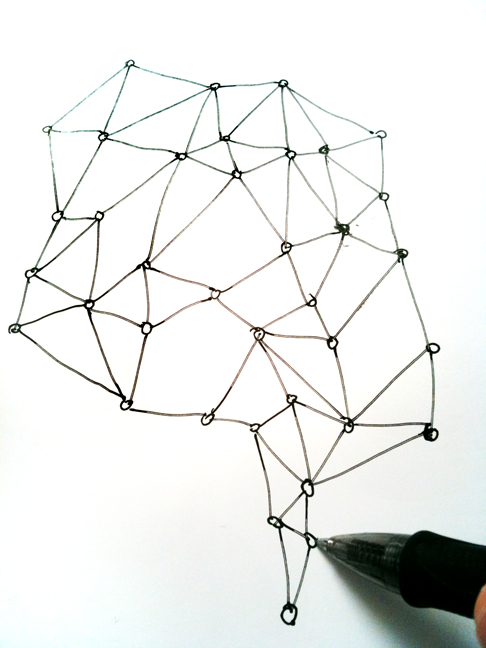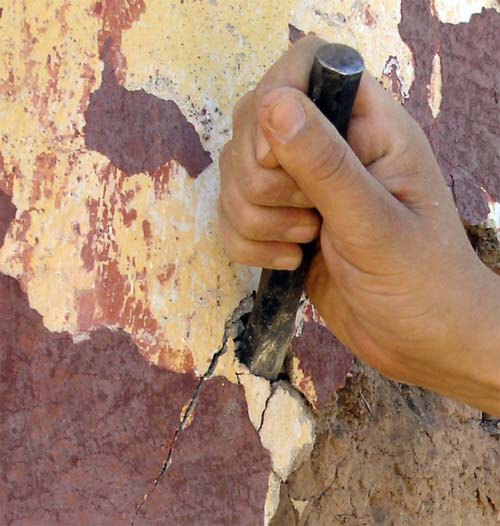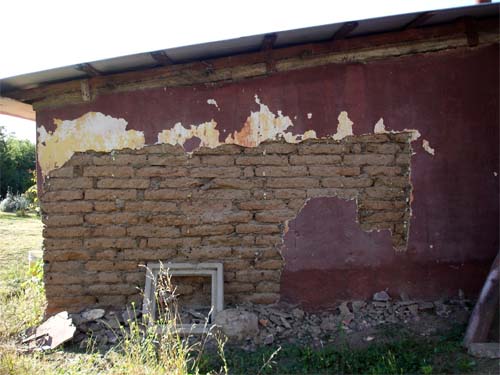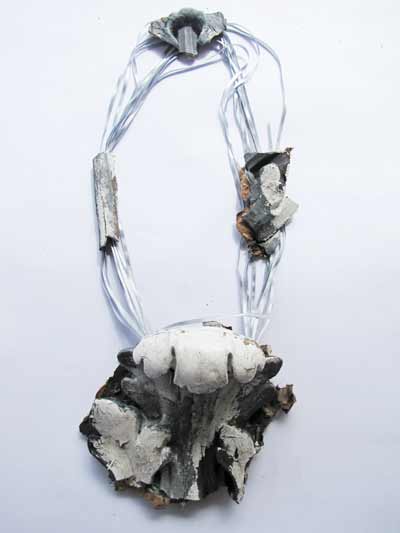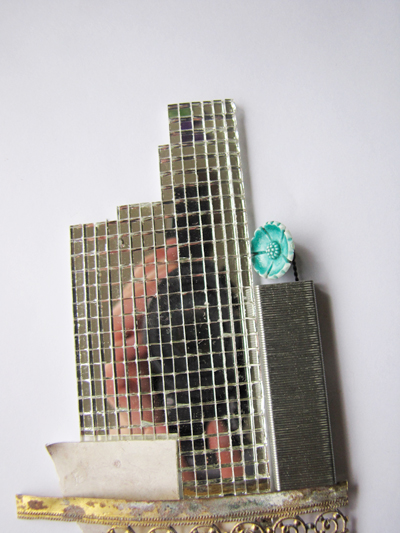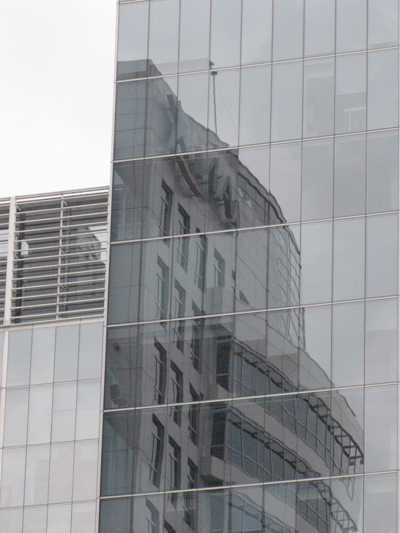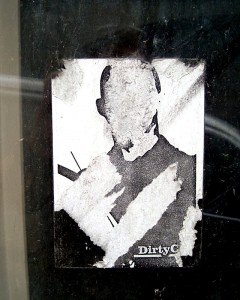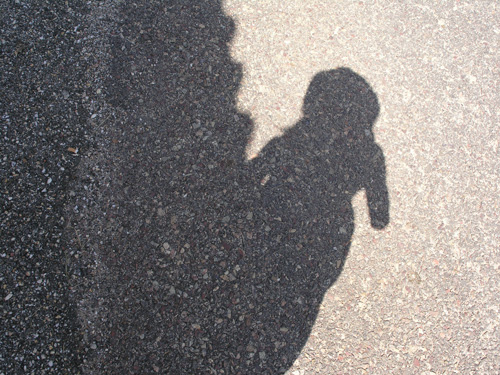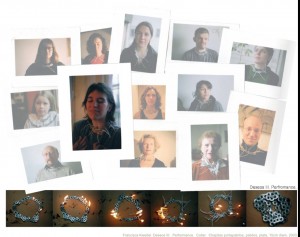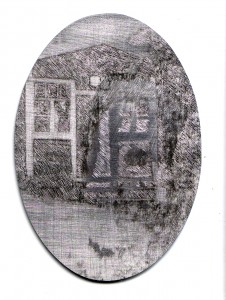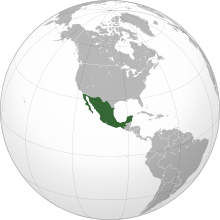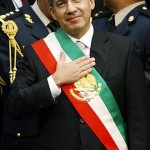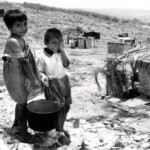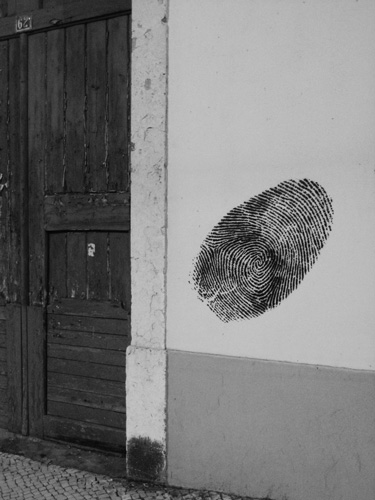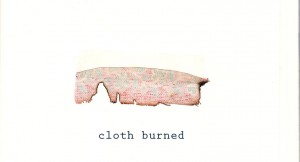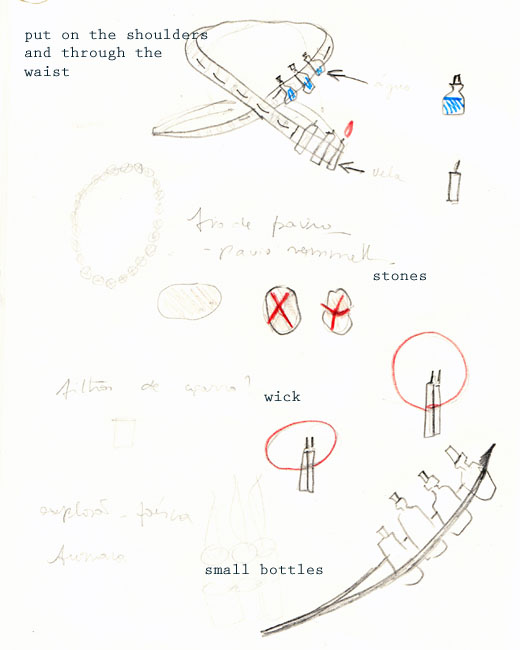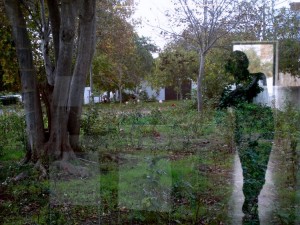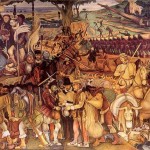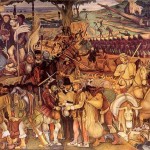Hola Eugenia,
Me gusta la propuesta de combinar tus espejos y textos con una pieza, me parece bien tambien que a partir de un texto trabajado salga una pieza.
Me gustaria colaborar con el pedazito catalan como estela no mas, quiero decir; despues de toda la” inquisicion espanyola” en sudamerica, creo que es importante para mi confrontar esta parte de la historia que poco nos ensenyan en la escuela, adquiriendo y aprendiendo las realidades del pais Mexicano. Me sentiria muy agradecida si mi aportacion cultural fuera mi manera de trabajar.
Seleccione algunos de las frases que mas me gustaron he impactaron de los textos que me enviastes, no se como te inspiras para realizar los textos pero a lo mejor a partir de este intercanvio, podemos ir construyendo ya un cuerpo para el nicho, ahi van:
…) como se nos revela nuestra identidad desde niños.
(…) se puede tomar como ejemplo que todos pueden
llegar a sentirse mexicanos, puede bastar con cruzar la frontera para sentirse así.
(…)Al estar en un país diferente al nuestro nos
encerramos en nosotros mismos, no buscamos a los demás por temor a reflejarnos en ellos.
(…)nos caracterizamos por nuestras costumbres y tradiciones
(…)en su viaje a España; durante la guerra, vio a un hombre distinto; con una apariencia firme y
ruda, un hombre humilde que en sus ojos luce la desesperación y la esperanza.
(…)algunos consideran a la vida, muerte y resurrección
stadios de un proceso más que cósmico, donde se dan los sacrificios, los cuales tienen 2 funciones: acceder al
proceso creador de un dios y alimentar a la vida cósmica y social. Así, nacer en cualquier día, nos llevaba a
ocupar determinado espacio y tener un destino porque ya todo estaba trazado, mientras que nosotros los
disociamos y los cruzamos como una parte mas de nuestras vidas, para ellos todo se regía a través del
calendario sacerdotal.
(…)el mexicano también lucha contra los fantasmas que se ha creado, (…)
Algunos de estos se crearon en la época de la conquista, en la colonia o durante la independencia
(…)Se considera al catolicismo como el centro de la
sociedad colonial porque en realidad es la fuente de vida que nutre sus actividades.
(…)La independencia sobreviene cuando ya nada nos unía a España, mas que inercia. Nueva España se extingue
cuando deja de alimentarla una fe.
(…)Aquí es donde la independencia empieza a mostrar el mismo rostro que la conquista.
(…)Se dice que la reforma es un movimiento inspirado en una filosofía universal
(…)el liberalismo fue de formación intelectual a través de la guerra civil y también fue por una minoría.
(…)La revolución mexicana es un hecho que busca la revelación de nuestro ser.
(…)Emiliano Zapata fue uno de los personajes mas importantes para la planeación clara de la lucha agraria.
(…) Los poetas, escritores, juristas, y otros, tuvieron que estudiar derecho,
economía, pedagogía, etc. Para poder sacar adelante a la nación. El resto de la inteligencia fue utilizada para
fines concretos e inmediatos: proyectos de leyes, educativos de gobierno, bancos agrarios y construcción de
centros educativos.
(…) Para concluir se dice que la revolución mexicana nos hizo salir de nosotros mismos y nos puso frente a la
historia, planteándonos la necesidad de inventar la que sería nuestro futuro.
(…) Hemos olvidado que en el mundo hay muchos como nosotros, dispersos y aislados.
(…) Tras este derrumbe general de la razón y la fe; que es dios, no se levantan viejos y
mucho menos nuevos sistemas intelectuales que sean capaces de entender nuestra gran angustia, por sentimos
que no hay nada y estamos solos.
(…)se comenta que el hombre es el único ser que se siente solo y que anda en busca de otro.
(…)al nacer nos liberamos de esa vida ciega que llevábamos y se rompe el lazo entre la satisfacción y deseo
(…)todos nuestros esfuerzos van dirigidos a liberarnos de esa soledad,
aunque hay cosas que nos hacen recordar nuestra soledad como las penas de amor
(…)el amor es algo natural y humano, también nacer y morir son experiencias de soledad, por que nacemos solos y morimos solos.
La mujer es un objeto precioso o nocivo, pero diferente. Al transformarla en objeto el hombre la convierte en
sus instrumento ya que ella nunca se siente ni se concibe mas que como un objeto, ya que nunca es dueña de
si misma, por eso el amor es una experiencia inaccesible para nosotros ya que hay muchas cosas que se
oponen a el, tales como la moral, la religión y las leyes, entre otras; por esto la mujer ha sido para el hombre
lo contrario del hombre y su complemento. La mujer vive presa que la sociedad masculina le impone y solo
puede elegir rompiendo consigo misma. La sociedad concibe al amor contra la naturaleza, que esta destinada a
la procreación y que se identifica con el matrimonio; la estabilidad de la familia reposa en esta ultima, su
protección implica la perseverancia del amor y tolerancia a las infidelidades.
La sociedad se concibe como una unidad invisible en la que la madurez no es una etapa de soledad, el hombre
en lucha con otros hombres se olvida de si en el trabajo, en la construcción, en sus ideas y otros. Hemos sido
desterrados del centro del mundo. El hombre moderno ha racionalizado sus mitos pero no ha podido
destruirlos, tiene la característica de pensar despierto, pero aun así lo llevan por un camino equivocado.
A lo mejor podemos profundizar mas en un tema, ya me diras, estoy preparada.
